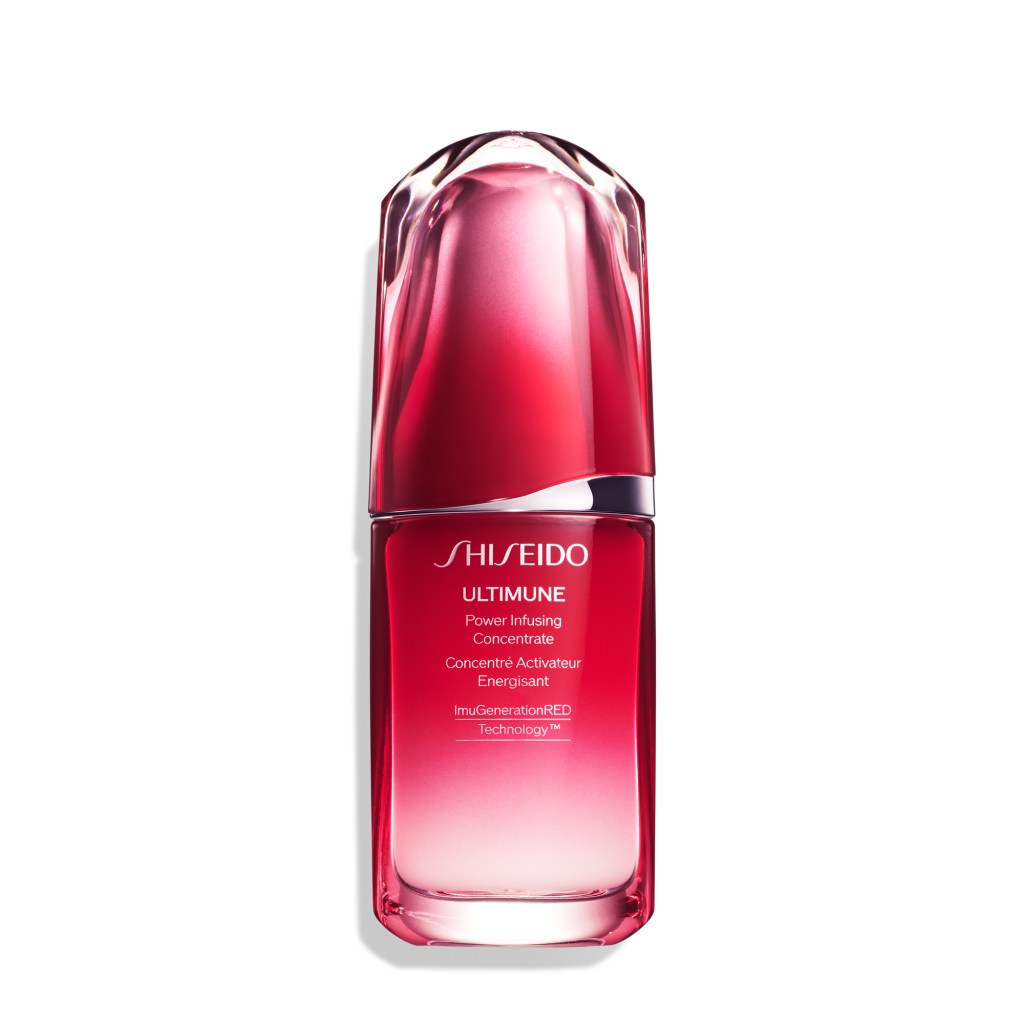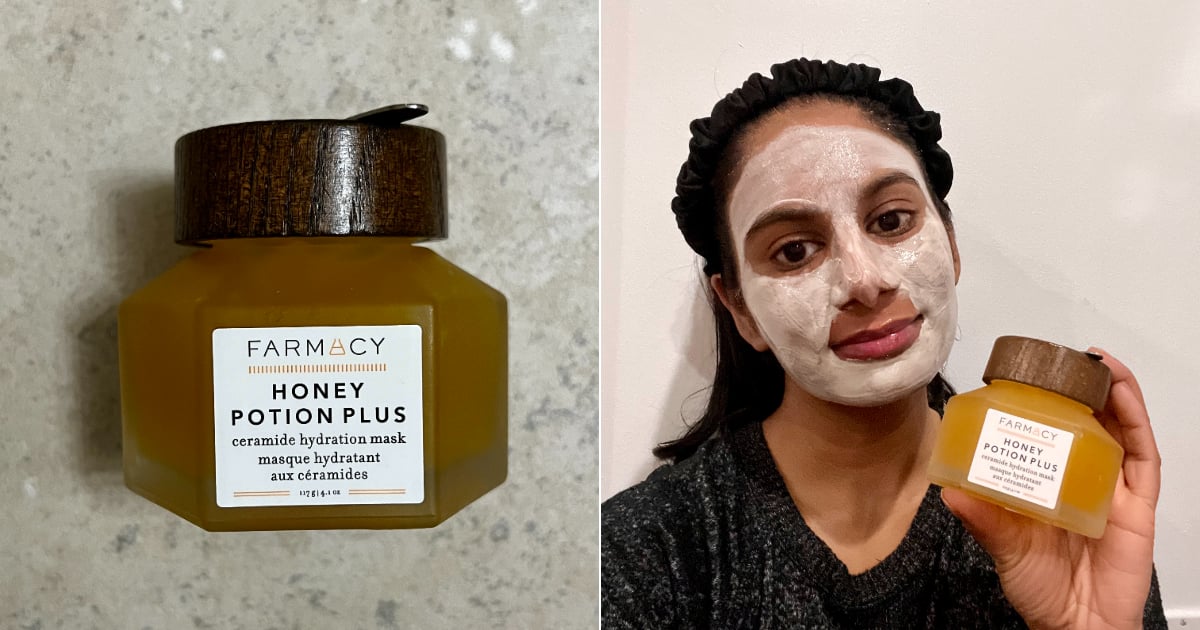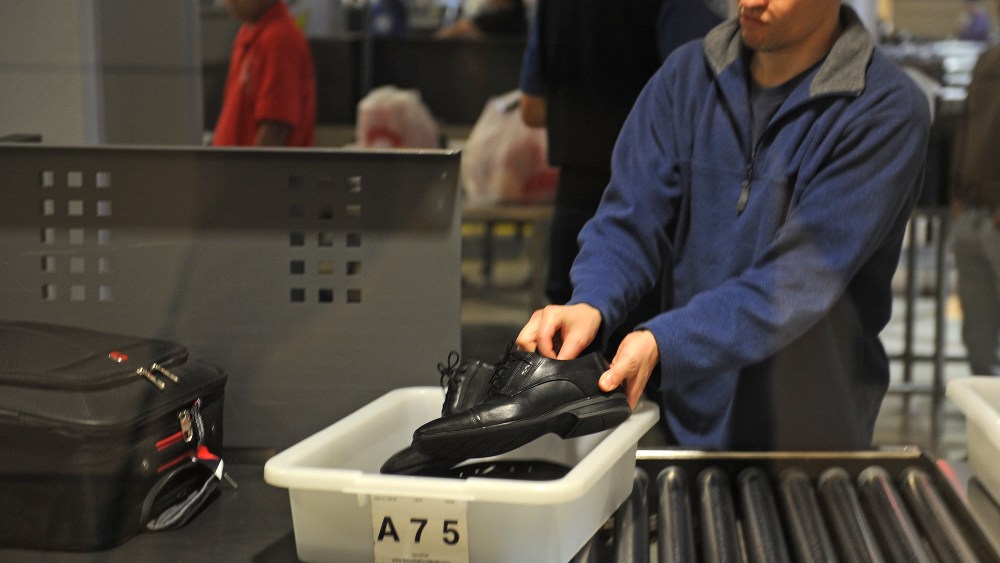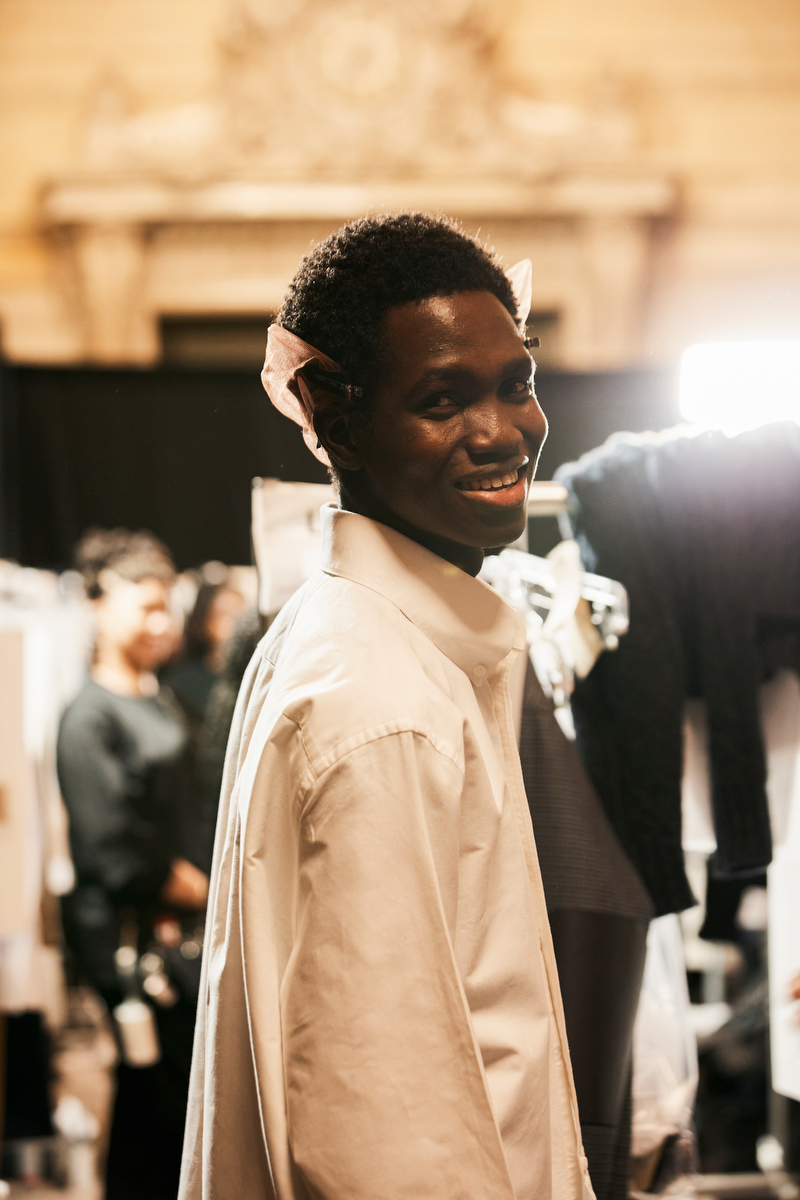While Japan’s beauty leader saw robust sales in its domestic market rebound, that was not sufficient to counterbalance weakness in travel-retail and reported sales declines in other international markets. Nars, Drunk Elephant and fragrance were its main pockets of growth for the year.
The first year of its “Shift 2025 and Beyond” growth plan, Shiseido focused on transforming its business model to improve profits, reduce costs and boost productivity. Key initiatives included addressing market challenges, especially in China, and innovative product launches aimed at enhancing brand equity.
At home, steady economic growth as consumers re-engaged with activities outside the home, plus the return of foreign visitors, boosted sales. Shiseido attributed growth to strategic product launches and promotion enhancements, and said its domestic business had returned to profitability. Clé de Peau Beauté, the Shiseido brand and Elixir did well. Consumers were cautious in the face of rising prices, but market share grew each quarter, Shiseido said, although sales for the year were still down 25% on 2019 numbers.
Related Articles
In China, after strong growth in the first half due in part to the prior year’s low base, weakening consumer sentiment impacted the market in the second half. Shiseido was also hit by consumer boycotts of Japanese products after the release of treated water from Fukushima into the ocean, and it underperformed the overall market, which was also down, during the “Double 11” shopping festival in November. The company sought to move away from large-scale promotional events to generate more sustainable growth there, and cited Shiseido and Clé de Peau Beauté as its sales drivers. The China business also generated core operating profit once more thanks to the company’s focus on cost management.
In the rest of Asia-Pacific, Taiwan returned to growth, and South Korea and Southeast Asia did well. The Nars and Shiseido brands were the growth drivers in the region.
In the Americas, sales in like-for-like terms gained significantly, with Drunk Elephant, Shiseido and Nars all doing well. For the Shiseido brand, Anne Hathaway signed on as a spokesperson.
In EMEA, sales drivers included Narciso Rodriguez with new fragrance All of Me, as well as Nars and Drunk Elephant, which benefited from expanded distribution at retail.
Duty free in South Korea and Hainan Island remained soft due to retailer inventory adjustments, although domestic duty-free sales were strong.
Shiseido relaunched the Inoui brand, which had been discontinued in 2002, and introduced Nars to India and South Africa.
As Shiseido seeks to lean more heavily into skin health and wellness, in September it announced plans to launch inner beauty brand Shiseido Beauty Wellness, or SBW, starting this February.
In July, it invested in and formed a strategic partnership with biotech firm Chitose Group to produce micro-algae based ingredients for cosmetics and containers.
In December, it said it would buy DDG Skincare Holdings, the owner of Dr. Dennis Gross Skincare. The brand was said to be on track to register retail sales of $300 million last year.
It also formed an investment fund called Long Term Investments for the Future Ventures, or LIFT, to buy into innovative, early-stage companies in the beauty and wellness space. At the same time as the announcement, it said it was investing in two small, fast-growing brands: Phi Therapeutics Inc. and Patrick Kidd Holdings Pty Ltd.
In August, former Shiseido chief executive officer Yoshiharu Fukuhara, the grandson of the company’s founder, died at the age of 92. Fukuhara, who worked for the Japanese company for his entire career, is attributed with taking the company from a domestic manufacturer to a global player.
Following the reshuffling of its top management in January 2023 — former president and CEO Masahiko Uotani became chairman and CEO, while Kentaro Fujiwara was named president and COO — Toshinobu Umetsu took on Fujiwara’s previous role of CEO of Shiseido China.
In February 2024, Shiseido announced that it was offering early retirement to 1,500 of its employees in Japan — about 3.7% of its global workforce — to help bolster its growth and profitability.



